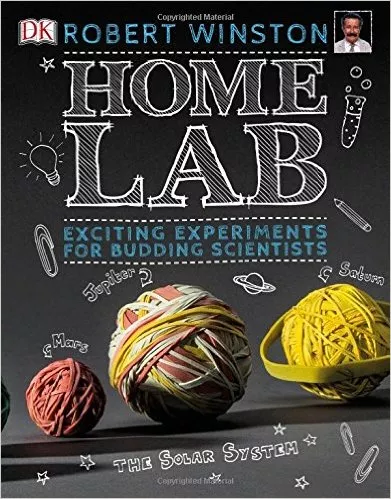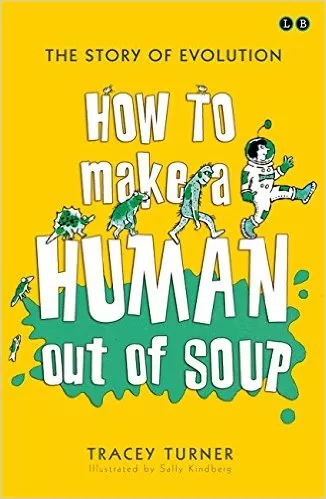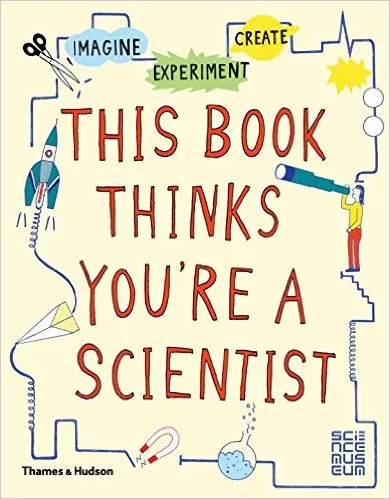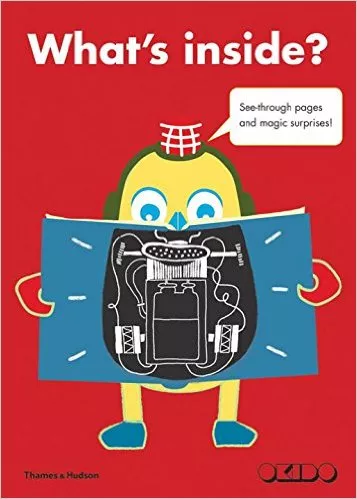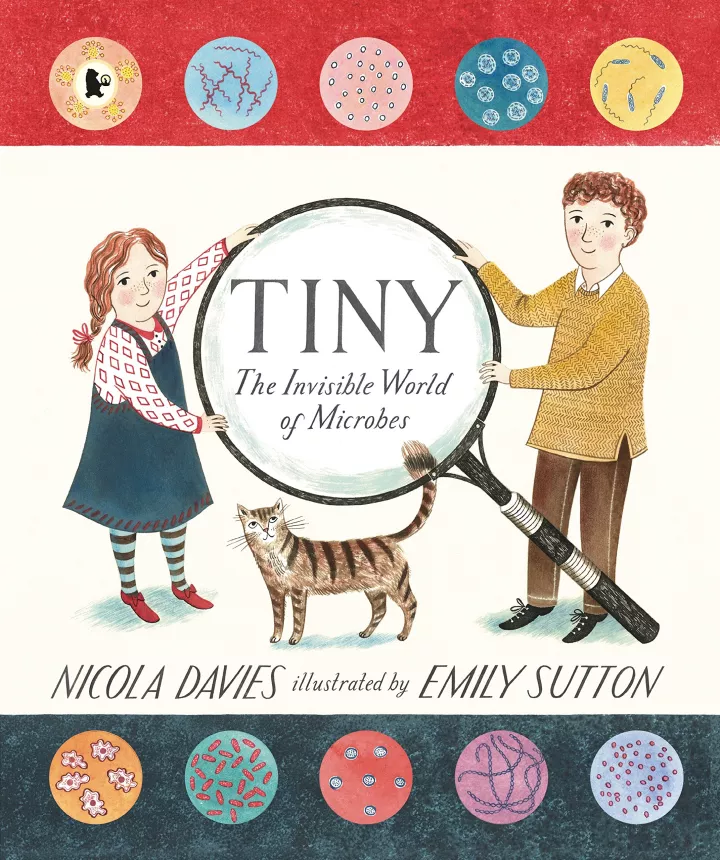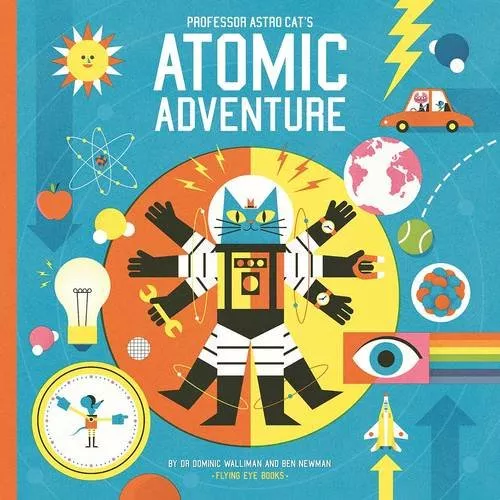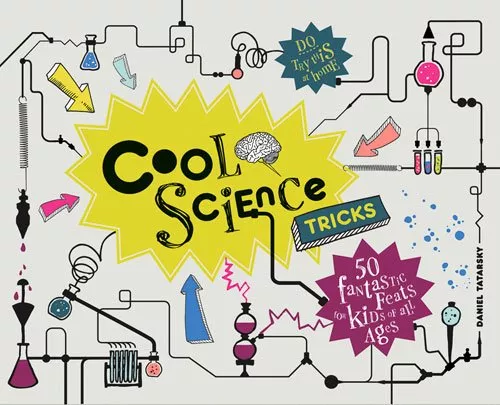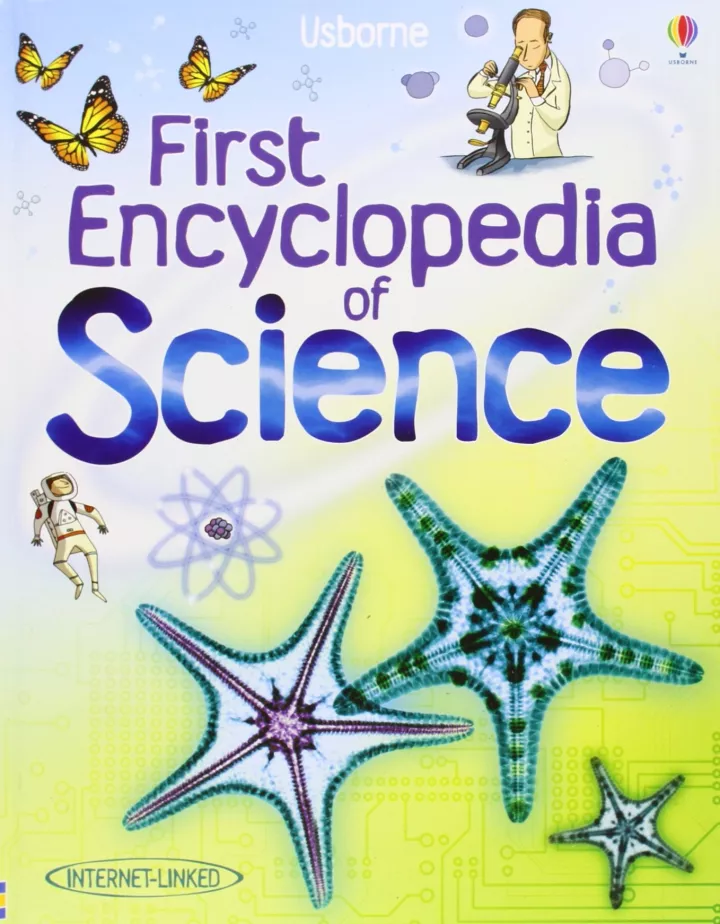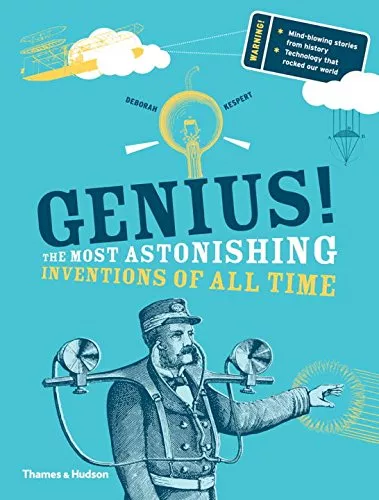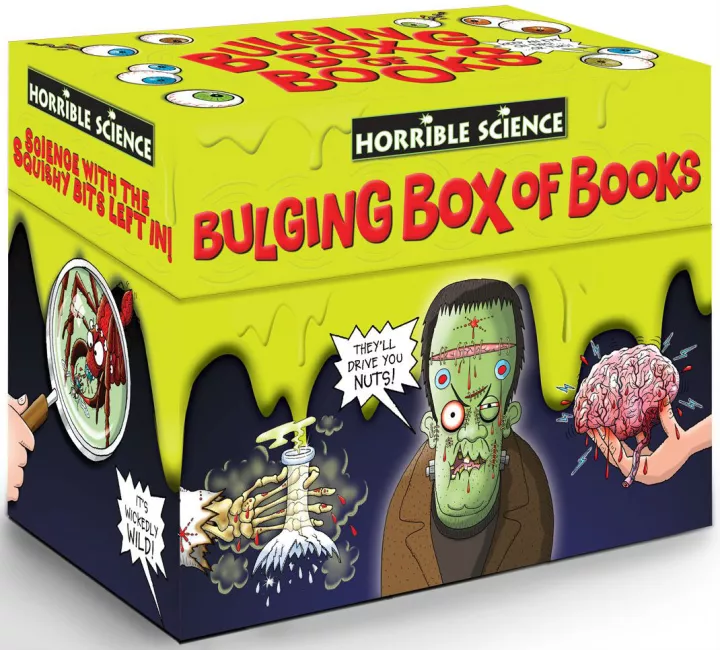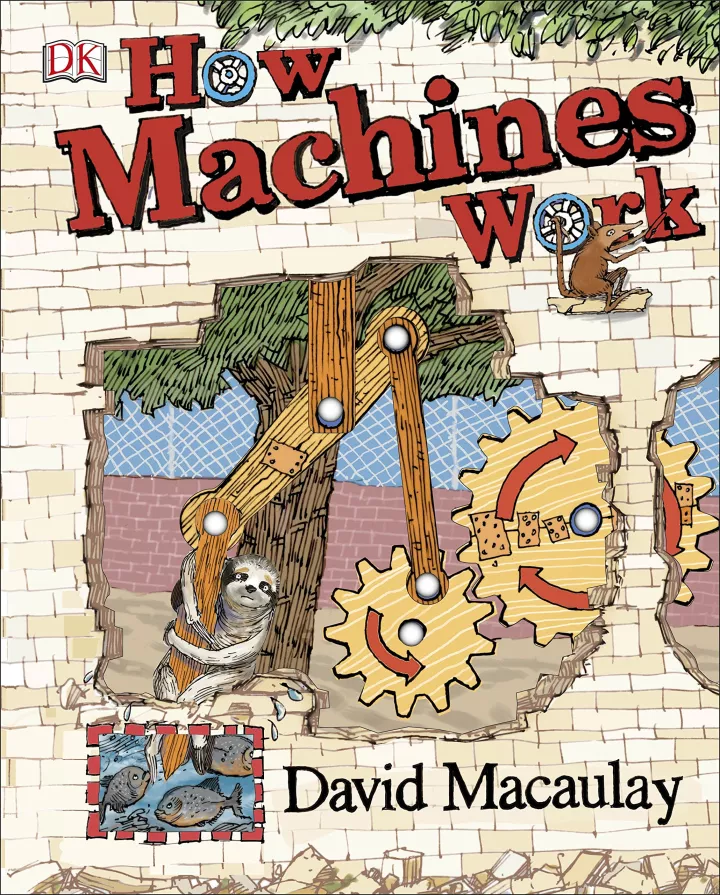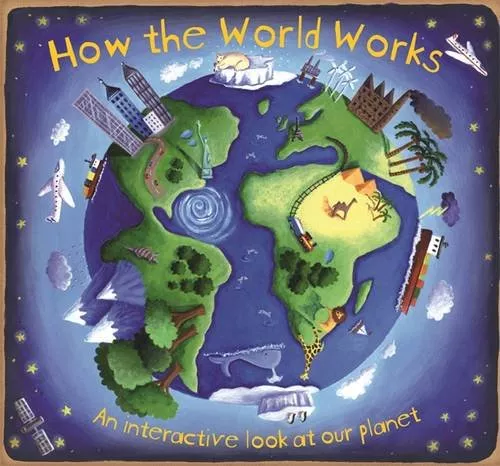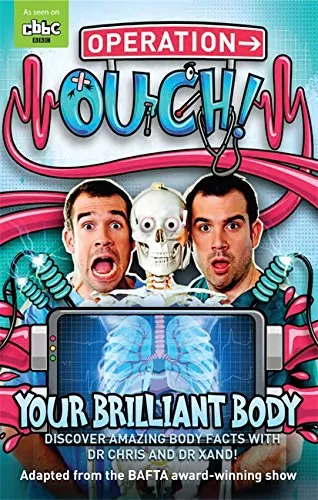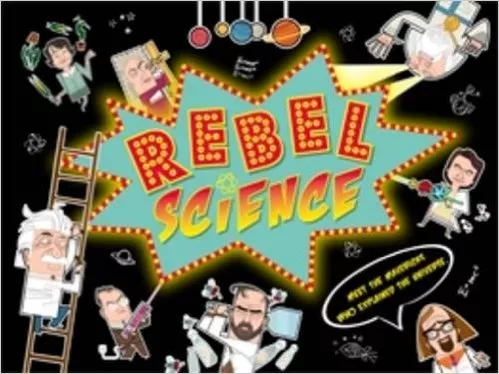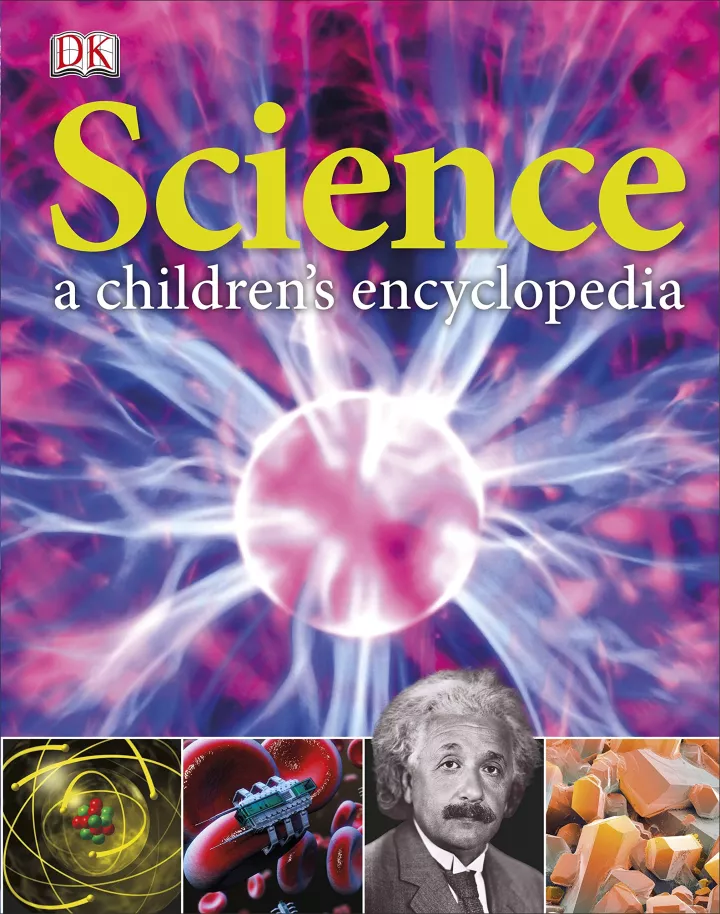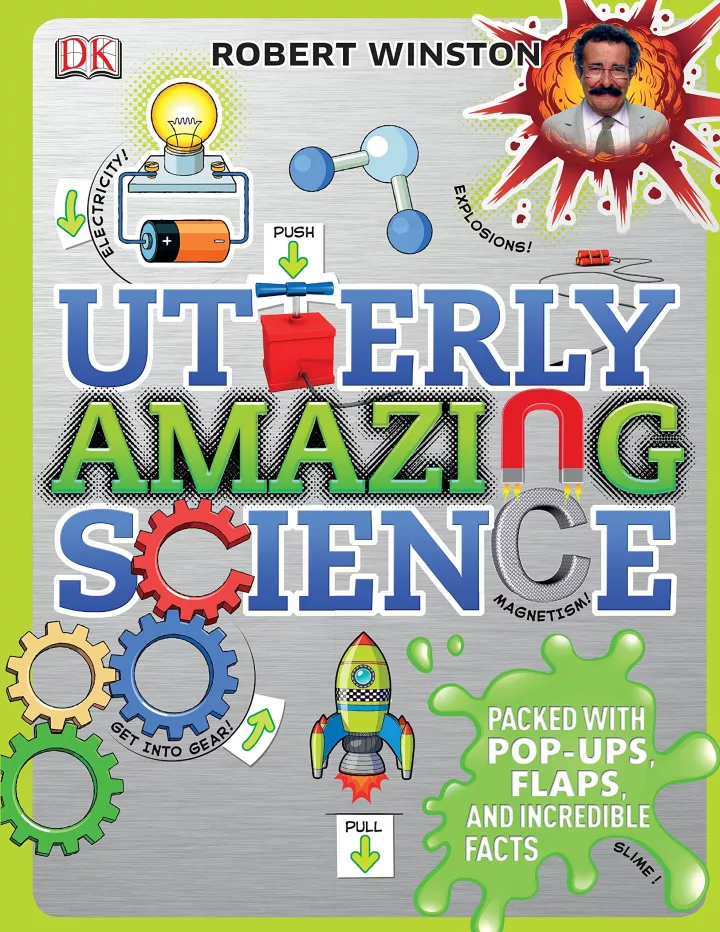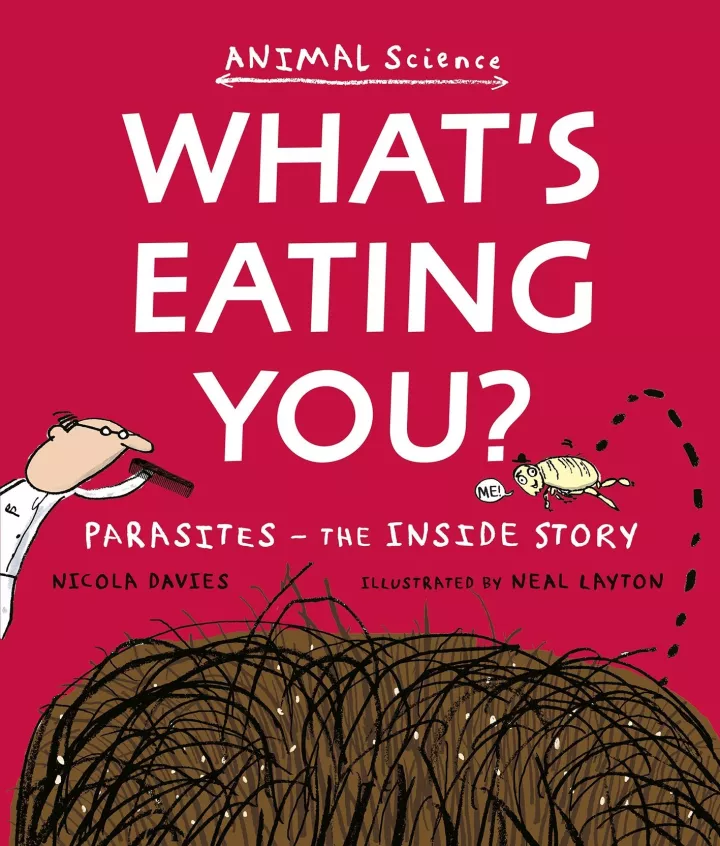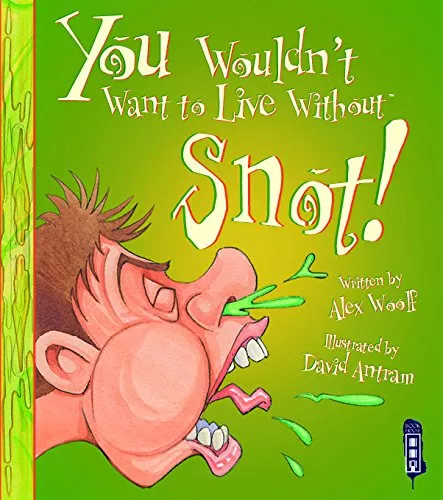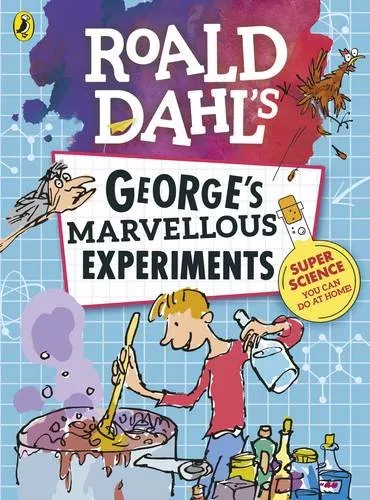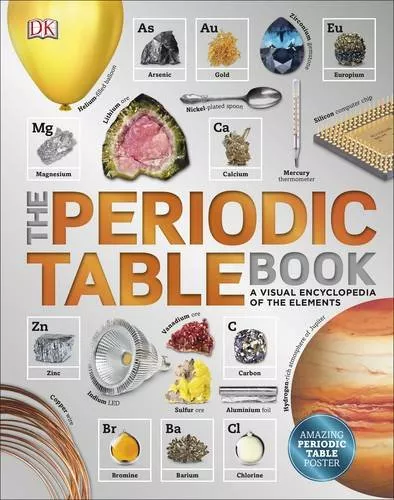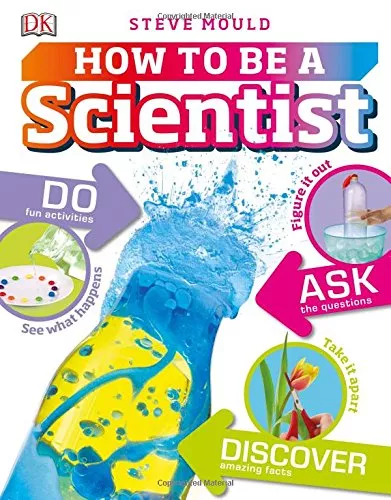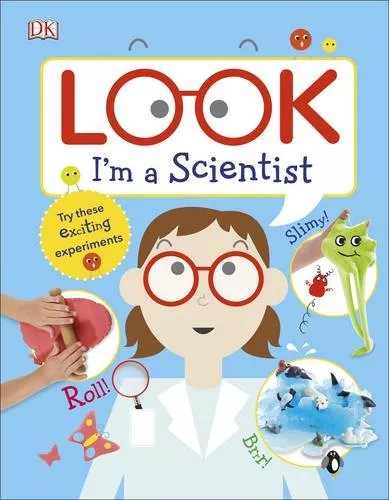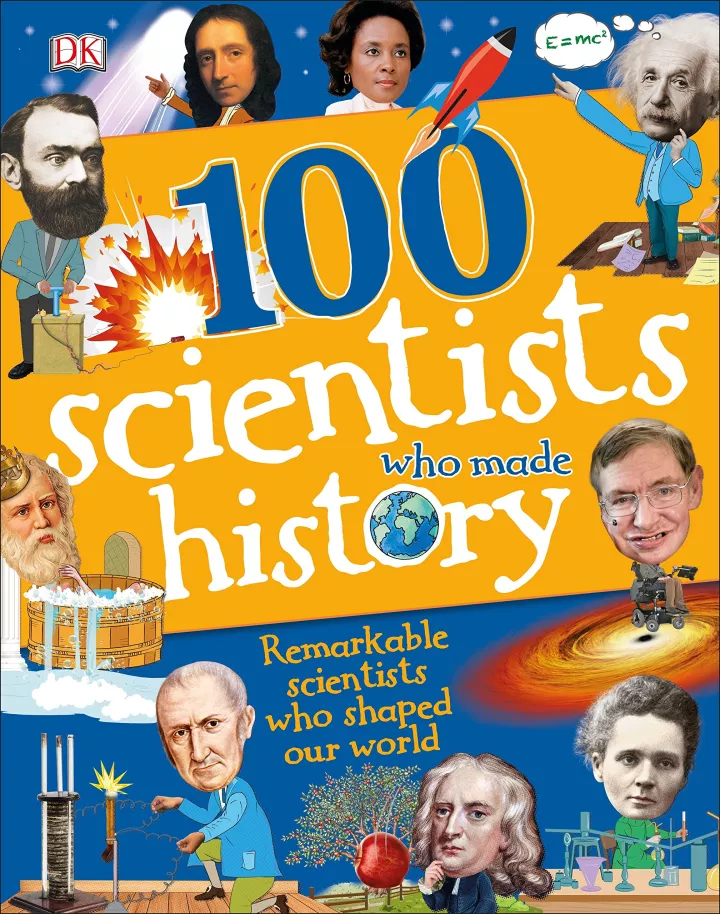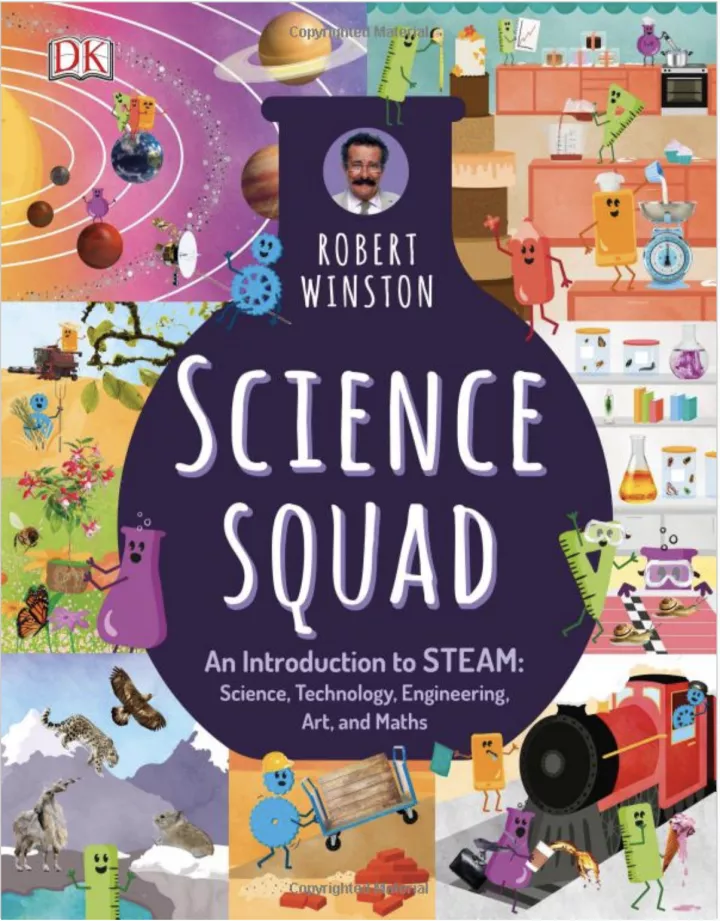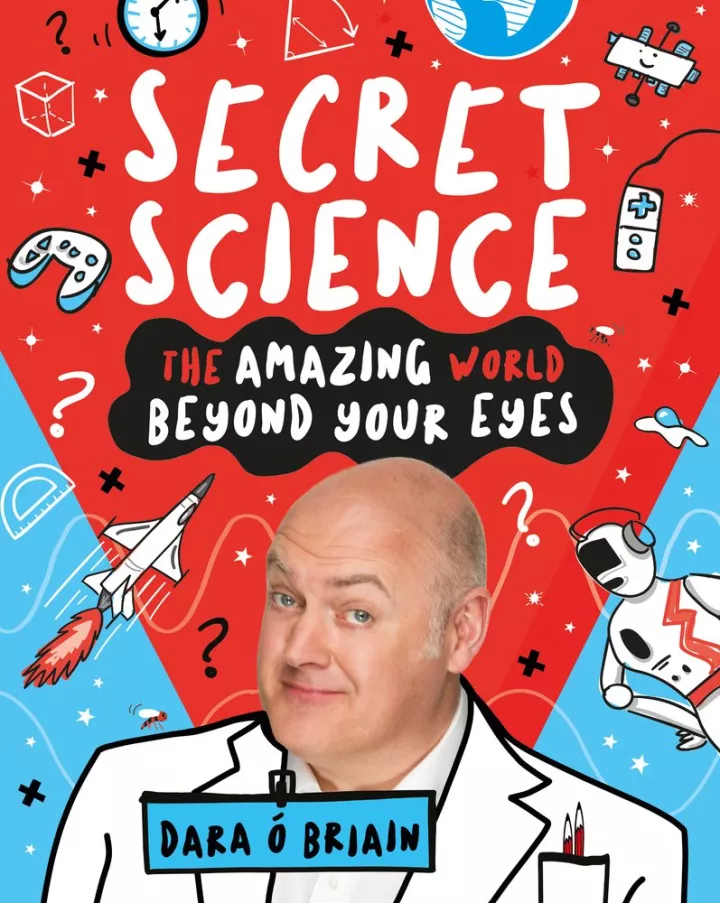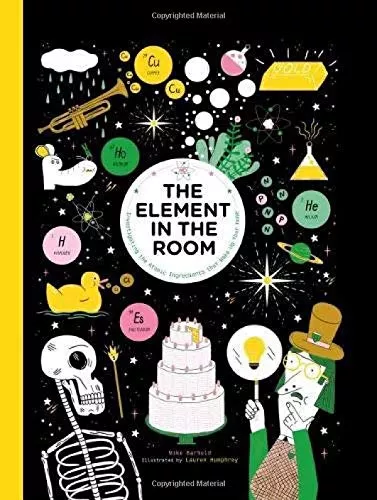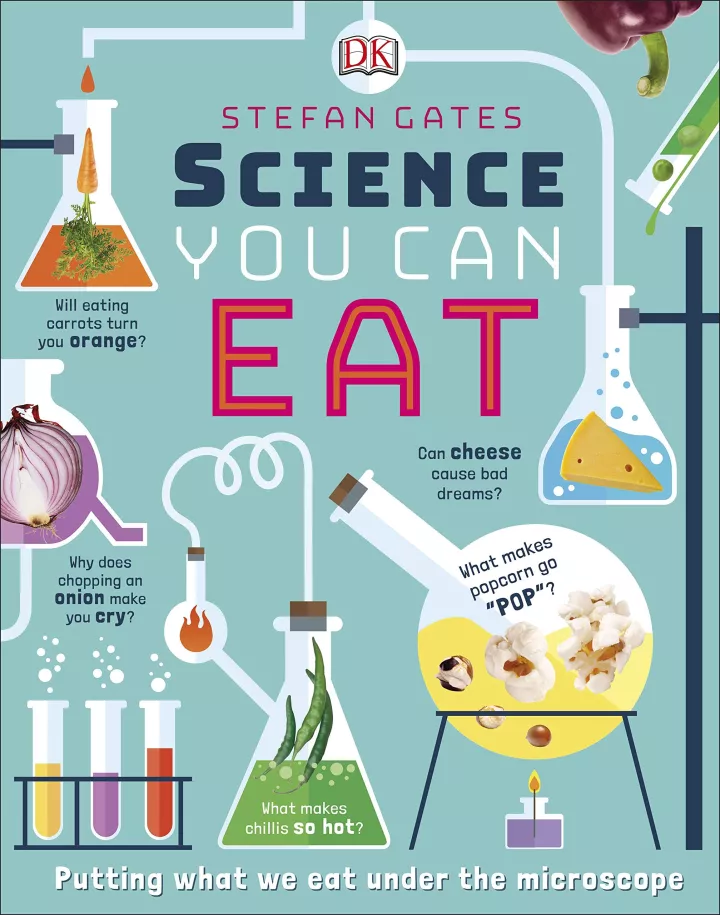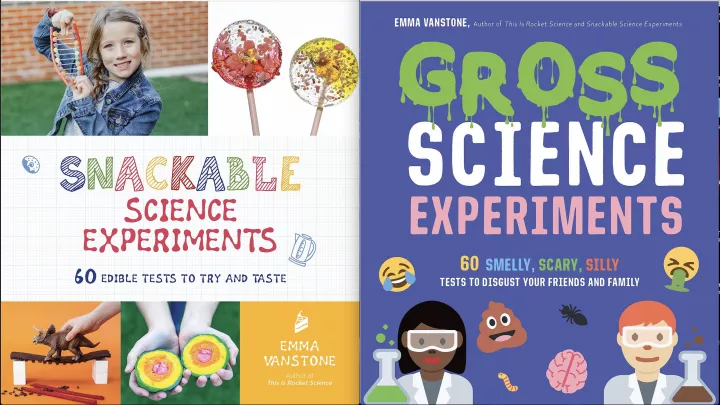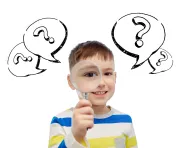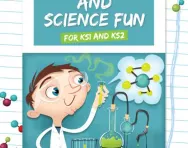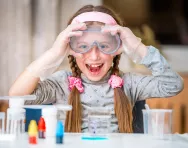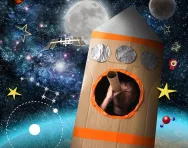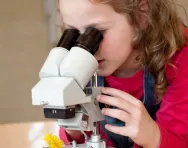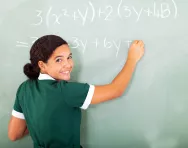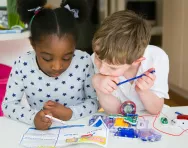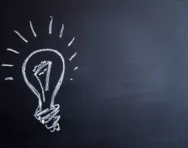Important update from TheSchoolRun
For the past 13 years, TheSchoolRun has been run by a small team of mums working from home, dedicated to providing quality educational resources to primary school parents. Unfortunately, rising supplier costs and falling revenue have made it impossible for us to continue operating, and we’ve had to make the difficult decision to close. The good news: We’ve arranged for another educational provider to take over many of our resources. These will be hosted on a new portal, where the content will be updated and expanded to support your child’s learning.
What this means for subscribers:
- Your subscription is still active, and for now, you can keep using the website as normal — just log in with your usual details to access all our articles and resources*.
- In a few months, all resources will move to the new portal. You’ll continue to have access there until your subscription ends. We’ll send you full details nearer the time.
- As a thank you for your support, we’ll also be sending you 16 primary school eBooks (worth £108.84) to download and keep.
A few changes to be aware of:
- The Learning Journey weekly email has ended, but your child’s plan will still be updated on your dashboard each Monday. Just log in to see the recommended worksheets.
- The 11+ weekly emails have now ended. We sent you all the remaining emails in the series at the end of March — please check your inbox (and spam folder) if you haven’t seen them. You can also follow the full programme here: 11+ Learning Journey.
If you have any questions, please contact us at [email protected]. Thank you for being part of our journey it’s been a privilege to support your family’s learning.
*If you need to reset your password, it will still work as usual. Please check your spam folder if the reset email doesn’t appear in your inbox.
Best science books for children
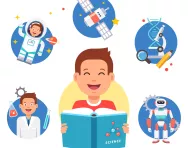
Home Lab by Robert Winston
(£12.99, DK)
Learn to make everything from invisible ink and monster marshmallows to a lemon battery, fizzing bath bomb and even a cardboard speaker – and understand the science behind your constructions too! The step-by-step instructions and photographs are beautifully clear and really appealing; we couldn't wait to get started!
(If you're hoping to combine science with plenty of fresh air, Outdoor Maker Lab (£12.99, DK) is the perfect choice – divided into four sections, Nature Watch, World of Weather, Water Power and Earth and Sky, it includes a fun mix of craft and scientific activities to explain how different things work in the great outdoors.)
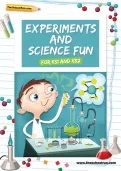
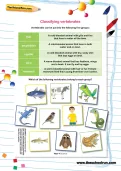
Download fantastic science resources today!
- Experiments And Science Fun pack
- Science Learning Programme for each school year
- All the instructions, questions and information you need
How To Make A Human Out Of Soup by Tracey Turner
(£6.99, Little Brown Kids)
A children's history of human evolution from slimy planet to naked apes, with cartoon illustrations, quick quizzes and a kids' glossary.
This Book Thinks You're A Scientist
(£8.95, Thames & Hudson)
Explore force and motion, electricity and magnetism, light, matter and sound with some really original experiments (levitate paper clips! Make water freeze instantly!). A fully-illustrated 'scrapbook', published in association with the Science Museum in London, with a hands-on approach to science learning.
What's inside?
(£12.95, Thames & Hudson)
See inside everything from bodies and buildings to robots and whales in this early years 'X-Ray' guide to how things work. Bold, bright illustrations work like magic: as your child holds each page up to the light they'll be able to see inside a car's bonnet to the engine (printed on the reverse).
Tiny: The Invisible World of Microbes by Nicola Davies
(£11.99, Walker Books)
A brilliant work of non-fiction, Tiny reveals the invisible world of microbes to kids, taking them on a microscopic journey into sea, land, soil, animals and humans. From keeping our insides healthy (or not!) to making yoghurt and wearing down mountains, the vital role microbes play in our lives is explained and celebrated.
Professor Astro Cat's Atomic Adventure by Dr Dominic Walliman and Ben Newman
(£15.99, Flying Eye Books)
From nuclear and particle physics to magnetism and molecules, kids and parents alike will learn a lot from Professor Astro Cat's simple, clear explanations and the fantastically bright supporting illustrations.
Cool Science Tricks by Daniel Tatarsky
(£9.99, Portico)
Sneakily educational tips and tricks to get kids putting scientific concepts into practice. The experiments are easy to set up and use common household items like vinegar, food dye, candles, bicarbonate of soda, milk, water, eggs or pennies, so you can get started immediately.
First Encyclopedia of Science
(£9.99, Usborne)
A great introduction to science for younger children (4-7 years), with simple text and lots of illustrations. Covers KS1 curriculum topics and offers internet links to further reading.
Genius! The Most Astonishing Inventions Of All Time by Deborah Kespert
(£12.95, Thames & Hudson)
With a focus on the scientists, inventors and engineers who built our world, Genius! introduces children to the stories behind some of the objects and technologies they take for granted. From Edison's light bulb and Gutenberg's printing press to Berners-Lee's creation of the worldwide web, each scientific story is presented with fun details and hands-on activity suggestions.
Bulging Box of Books (Horrible Science)
(£29.99, Scholastic)
With titles like Blood, Bones and Body Bits, Microscopic Monsters and Vicious Veg and packed with gory, nasty and revolting facts, these best-selling Horrible Science titles (presented in a 20-book set) are guaranteed to become a firm favourite with the younger members of the family.
How Machines Work by David Macaulay
(£14.99, DK)
A wonderfully entertaining guide to the workings of six simple machines, told through the antics of Sloth and side-kick Sengi who try to break out of the zoo by using levers, pulleys, screws, inclined planes, wedges and wheels. A must for future engineers!
How the World Works by Christiane Dorion
(£14.99, Templar Publishing)
This beautiful book uses visual explanations and paper engineering (pull-out tabs and pop-ups) to explain natural science like the weather, the movement of the sea, the carbon cycle and the history of the Earth. Detailed and informative.
Operation Ouch! Your Brilliant Body
(£5.99, Little Brown Kids)
From gross-out facts to cool body tips, the Operation Ouch books bring the hugely successful TV show to life on the page. Quick taster: which of the following three facts is correct? a) In your lifetime you'll spend a whole year on the toilet b) You shed at least 30,000 skin cells every day c) The biggest muscle in your body is in your bottom. Answer: All three of course!
Rebel Science by Dan Green
(£12.99, Red Lemon Press)
The catastrophic scientific mess-ups that brought us modern marvels, miraculous medicines and magnificent machines, all presented with brilliant illustrations and entertaining tit-bit facts.
Science: A children's encyclopedia
(£17.99, DK)
A wonderful resource for every primary-school child, this comprehensive guide to all aspects of KS1 and KS2 science is bursting with photographs and clear explanations. Perfect to dip in and out of and consult for homework projects.
Utterly Amazing Science by Robert Winston
(£14.99, DK)
An eye-catching, engaging title packed with interactive elements and informative details and experiments to help children get to grips with science basics. Also a hugely useful aid for science-challenged parents who are stumped by kids' science questions!
What's Eating You? by Nicola Davies
(£6.99, Walker Books)
One of the six books in zoologist Nicola Davies' Animal Science series, What's Eating You? introduces kids to the animals whose habitat is other creatures (including humans!) – parasites. Plenty of creepy-crawly diagrams and fascinating facts make this an interesting (if itch-making) way to find out about the 400+ parasites you might be playing host to right now...
You Wouldn't Want to Live Without Snot!
(£16.99, Book House)
The best-selling You Wouldn't Want To Be... series does science in its own engaging way to explaining how human beings would suffer if deprived of snot (other titles in the series highlight the shortcomings of a life without poo, soap and antibiotics).
Roald Dahl's George's Marvellous Experiments
(£7.99, Penguin)
Who wouldn't want to make Gooey Gungy Gloop, a Spectacular Sonic Blaster or Crunchable Candy Crystals? We love these marvellously fun experiments, inspired by George's Marvellous Medicine and packed with slimy, silly and spectacular science to try at home. All the ingredients are common household ones and there are step-by-step instructions, so don't be put off by the thought of exploding grandmothers...
The Periodic Table Book
(£14.99, DK)
Using more than 1000 colour photographs, The Periodic Table Book brings chemistry to life in vibrant, fascinating detail. Every element gets its own page explaining where and when it was discovered and how it's used, and brilliant facts are peppered throughout the book (did you know that it's sulfur that makes our eyes water when we cut an onion, or that the foul-smelling sprray released by skunks contains three kinds of sulfur compounds?).
How to be a Scientist
(£12.99, DK)
Help your child figure out how the world works with this vibrant and picture-packed guide to KS2 topics. All the explanations come with try-it-out-yourself ideas, and we love the fact that the experiment materials are plastic bags, ice, salt, jam jars and washing up liquid... no expensive ingredients to source! Information about famous scientists and a glossary make this a fantastic primary science companion for 7-11 year olds.
Look I'm a Scientist
(£7.99, DK)
Pint-sized wonderers can touch, smell, see, hear, and taste their way to junior scientist status with this collection of hands-on experiments aimed at 3 to 6 year olds. "Working" with ice, bubbles, slime and playdough they'll get the chance to use their science senses to answer their questions about the things that surround us; we love the clear photography and illustrations, sure to inspire pre-schoolers and new primary students to don a white coat and get stuck in!
100 Scientists Who Made History
(£12.99, DK)
The world's greatest scientists are profiled in this colourful, easy-read guide that's packed with fun facts and quirky illustrations. The names you'd expect to see, from Archimedes and Darwin to Marie Curie and Stephen Hawking, are all here, but there are also plenty of unsung heroes and heroines of scientific history featured, such as Alice Ball, a chemist whose treatment for leprosy helped thousands of people, and Al-Khwarizmi, the mathematician who developed our number system.
Science Squad
(£10.99, DK)
The perfect introduction to the STEAM (Science, Technology, Engineering, Art and Maths) world for KS1, Professor Robert Winston's book covers everything from the Solar System and the human body to the internet and the weather. Colourful photography, illustrated characters and fun facts make it easy for new readers to dip in and out of. Sure to become a first non-fiction favourite.
Secret Science by Dara Ó Briain
(£12.99, Scholastic)
Everyday life is revealed to be amazingly scientific (and fascinating) in comedian and science-lover Dara Ó Briain's second book for kids. Written to highlight the unusual, quirky and cool science that makes up the world around us (exploding fish, farting cows and ancient sunlight feature), this is the perfect non-fiction read for Wimpy Kid fans, with brilliant illustrations and comic-book-style fonts.
The Element in the Room by Mike Barfield
(£14.99, Laurence King Publishing)
Join scientific sleuth Sherlock Ohms in an investigation into the 92 chemical elements that make up the universe around us, from aluminium to zinc, putting your knowledge into practice with some fun experiments along the way. There's an amazing amount of information in this book, but it's presented through comic strips, fact boxes and illustrations to make it easy to understand. A great read for adults as well as kids!
Science You Can Eat
(£12.99, DK)
Discover the science in what you eat and find out about unusual foods (edible metals! Square watermelons! Cheese that's alive!). We love the hands-on investigations, too: can you find the iron in your cereal, make a piece of chewing gum disappear and create your own cola drink, instant ice cream or naked egg? There's a foods of the future section too – would you eat bugs if they were on the menu?
Wild Scientists
(£9.99, DK)
Scientists wear white coats and work in labs, right? Wrong! Find out about nature's talented problem-solvers in this informative, funny guide to animal adaptations and the science behind them. There are phenomenal physicists (the bats that can see with sound), amazing engineers (the spiders who build immense, silky webs) and talented chemists (icewater fish, who make antifreeze proteins in their blood to stop them from turning into a block of ice!). A brilliant introduction to some of the cleverest animals and plants on Earth.
Snackable Science Experiments & Gross Science Experiments by Emma Vanstone
(£15.99, Page Street Publishing)
Who wouldn't want to eat the results of their own science experiments? In Snackable Science Experiments your child will learn about liquid density by making layered popsicles, use jelly and brownies to simulate how earthquakes affect buildings on different kinds of foundations and test their engineering skills by building bridges out of egg shells. If it's the smelliest, stickiest and scariest things your child would rather read about, Gross Science Experiments is packed with them: make a model of intestines, investigate how germs spread or why snot helps keep you healthy and find out about the creepy critters (dustmites!) in your own bed...
Brilliant, child-friendly activities from scientist, mum of four and award-winning Science Sparks blogger Emma Vanstone.
